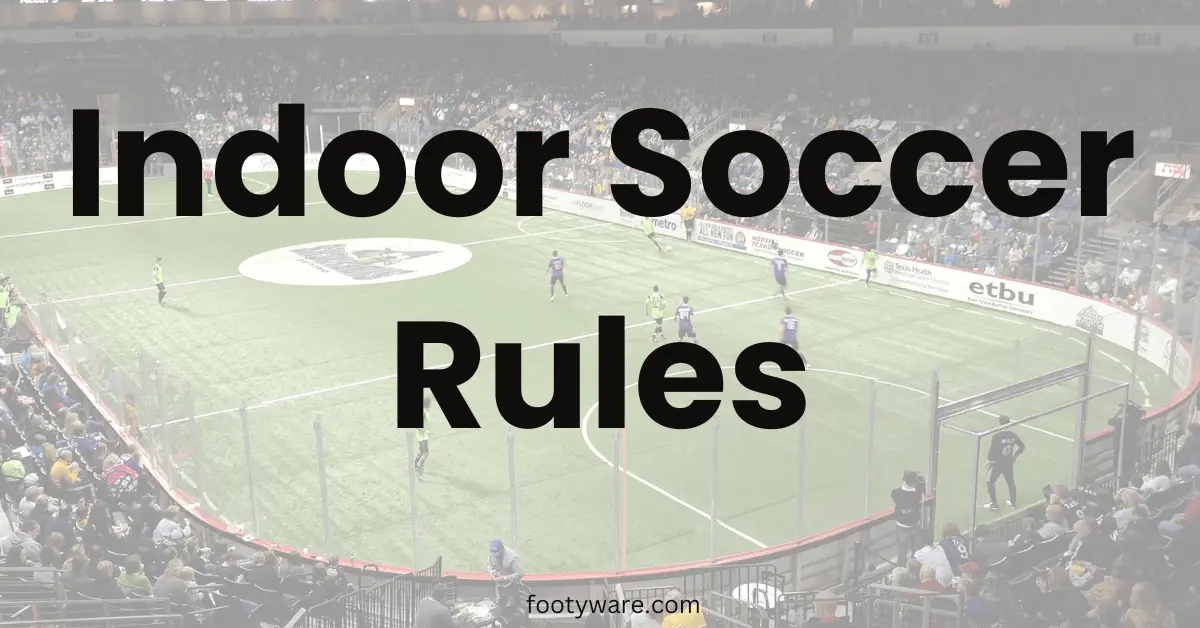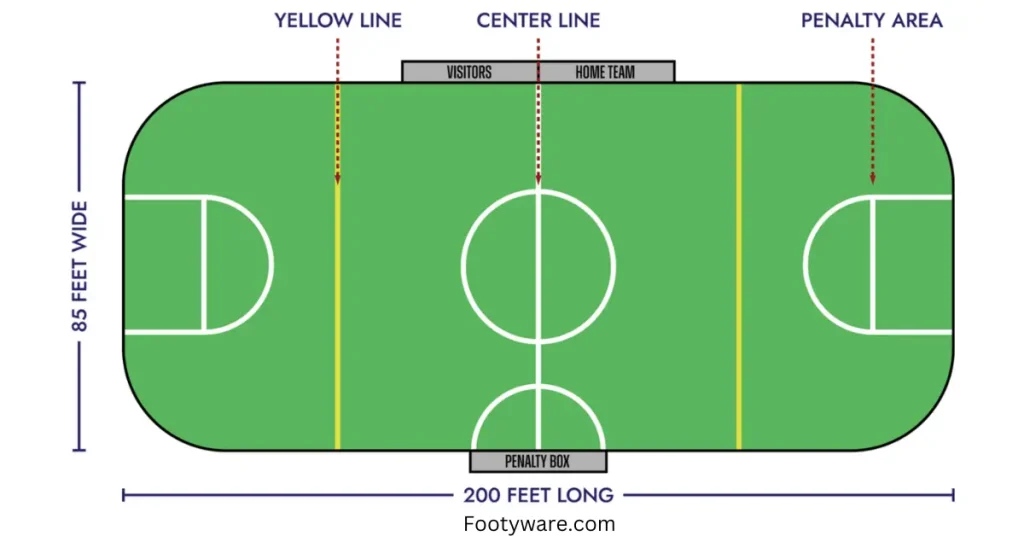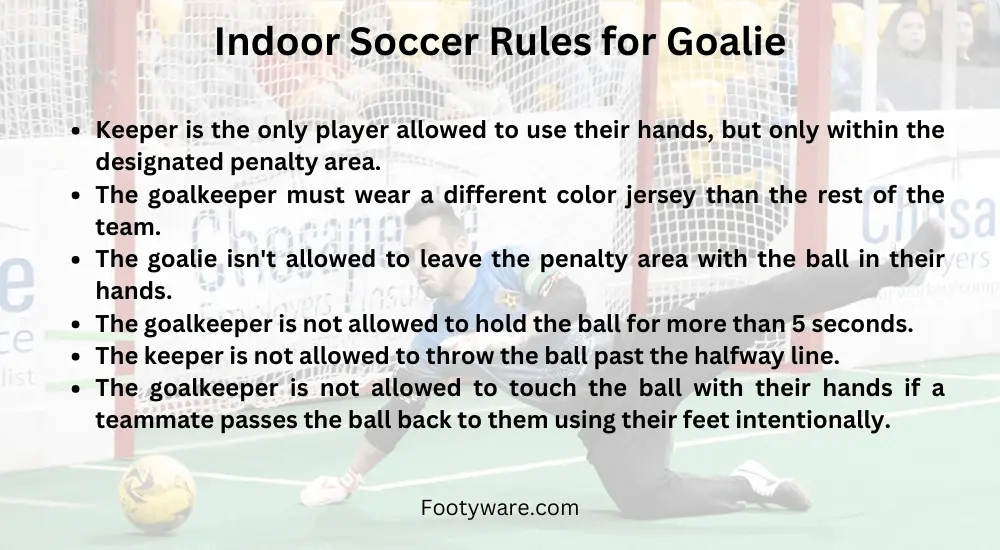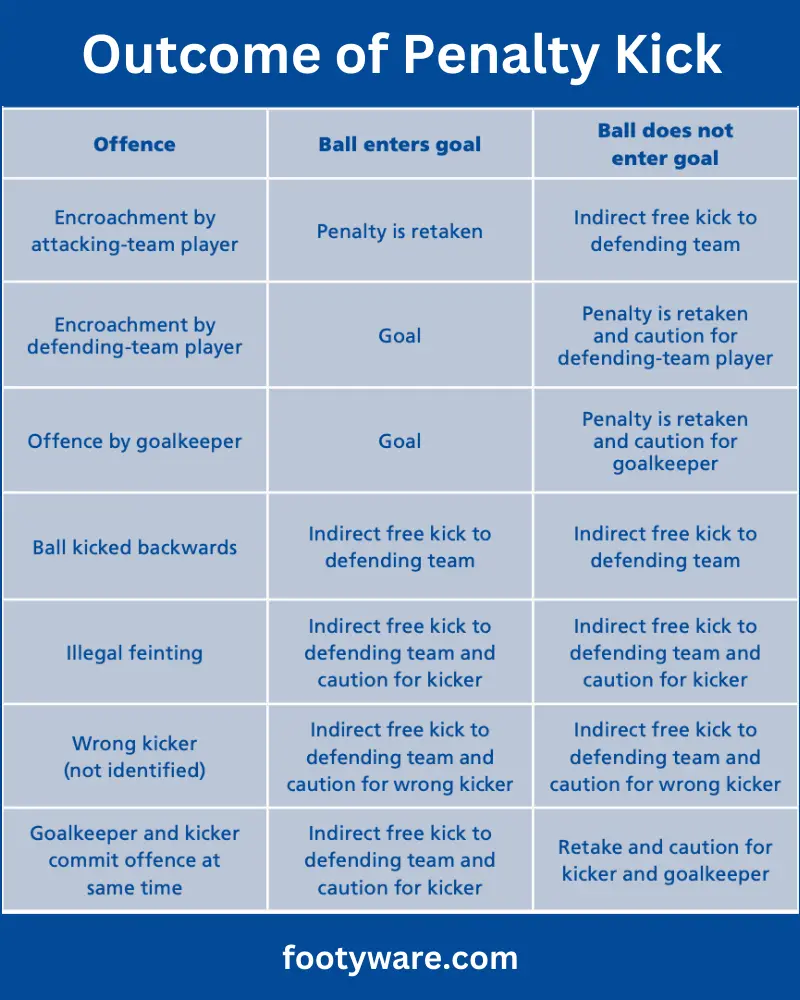What are the Top Indoor Soccer Rules?

Imagine a high-octane fusion of Spider-Man’s agility, Ronaldo’s flair, and a relentless scoring frenzy, and you’re just scratching the surface of the electrifying world of indoor soccer!
But amidst this wall-hugging madness and rule-bending chaos, how do players distinguish fair play from fouls? That’s where our comprehensive guide comes in, cracking the code of indoor soccer rules for curious newcomers and aspiring arena masters alike.
We’ll dive into the game’s coolest twists and turns, like:
- No Offside Trap: Run free like Messi, liberated from sneaky lines cutting your celebrations short!
- Wall-Hugging Wizardry: Harness the walls to your advantage, bouncing passes, bewildering defenders, and scoring mind-blowing ricochet goals!
- Sub Swap Frenzy: Tired legs? No sweat! Swap players in and out seamlessly, keeping the energy high and tactics unpredictable!
- Kick-Ins Get a Bounce: Forget those boring throw-ins; master the art of the bounce-pass and send the ball soaring back into play with flair!
- Fast and Furious Quarters: Buckle up for a nonstop adrenaline rush, where every minute counts and every goal explodes with raw excitement!
This is merely the beginning of the tactical rabbit hole! By mastering the rules, you’ll transform from a wide-eyed newcomer into a wall-hugging maestro, ruling the arena with every bounce pass, audacious dribble, and ninja-like move.
So, are you ready to step onto the polished battleground and unleash your inner soccer superstar? Dive headfirst into our guide and prepare to dominate the game, one innovative rule at a time!
General Indoor Soccer Rules
| General Indoor Soccer Rules |
|---|
| Before starting the match and halftime both teams must be in their respective halves. |
| Unlike outdoor soccer, no offside rule is being applied in indoor soccer. |
| No injury, stoppage, or overtime is applied in indoor soccer. |
| When the ball crosses the goal line it’ll be considered a goal. |
| Like in indoor soccer, the goalkeeper must wear a unique color jersey. |
| The team may call a one-minute timeout when they’re in possession of the ball. |
| There will be 4 players on the pitch with one goalie and 3 substitutions(You can also play with 5 players and a goalie means a total 6 on the field) |
| The artificial turf field is almost 200 feet long and 80 feet wide. On the side of this field, there are plexiglass and dasher boards so that the ball remains in play for the longest time which gives less time to players to be at ease. Players always have to hustle. |
| The circumference of the ball is 27-28 inches while it weighs almost 24-26 ounces. |
| The goal height is 8 feet high while 14 feet wide and it’s fixed. |
| Two referees will govern the indoor soccer game one on the field and the other will be watching the game from the center line in between the benches of both teams. |

Indoor Soccer Rules Goalie
| Indoor Soccer Rules – Goalie |
|---|
| 1 goalie on the field is allowed while one remains as a substitute. |
| The ball must touch the ground before crossing the half line or being touched by the goalkeeper’s player. |
| If the goalie is injured you can’t replace him and this is a usual tactic applied by the winning team during the game |
| Goalies must wear proper kit having long and shin with gloves additionally. |
| To substitute a goalie you must stop the game while players can be changed while the game is running. |
| The keeper isn’t to grab the ball for more than 5 seconds first he’ll be cautioned and then a yellow card will be awarded. |

Restrictions on Goal Keeper in Indoor Soccer Games
- The keeper must wear a different color jersey from the whole team.
- He can kick or throw a ball directly to the opposite goal and can score from his D(This can be decided mutually by the management too)
- He can’t possess the ball in his hands for more than 5 seconds or else an indirect free kick will be awarded from the line of the box.
- He can’t kick the ball when in his hands until it has touched the ground.
Usage of Indoor Soccer Gear in the Game
- You have to wear shoes according to the surface you’re playing on. If you’re playing on turf you should wear turf shoes having small rubber studs underneath while if you’re playing on a flat, shiny, and wooden surface then you should wear shoes having flat outsole with non-marking rubber underneath.
- Cleats are strictly prohibited from being used in indoor soccer.
- Shinguards and long socks are a must if you’re playing in a competitive league you must follow safety precautions and wear complete protective gear.
- The ball used shouldn’t be size 5 as normal soccer balls are but the ball used should be a size 4 indoor soccer ball having less bounce and can be controlled easily.
Substitutions during Indoor Soccer Match
- The game won’t stop for substitutions means during a match running substitutions are allowed, unlike soccer.
- Keeping in view the above rule substitute cannot enter the pitch until the player to be substituted is out of the pitch.
- If a substitute enters before the player has left the pitch then the substitute who entered the pitch will be given a yellow card.
- Both teams will switch halves after halftime and players should be substituted from the technical area in front of their respective team’s bench.
- The goalie can be substituted once the ball is dead like changing normal players while the game is running means running change.
Fouls and Cautions during the Game
- No sliding tackle is allowed as it may result in serious injuries.
- At least a 4-yard difference should be maintained during an indirect free kick taken by the opponents.
- A penalty kick will be taken from 8 yards/20 feet on the top of the box at least from the goal post.

- Freekick must be taken in 4 seconds.
- After two harsh fouls player is awarded a red card on his second foul(Yellow card)
- Advantage will be played by the referee like in soccer.
- If a serious foul is conducted then they’ll play with a player less. It’ll be the referee’s call.
- For minor fouls, the referee can issue a blue card to the offending player and make him sit outside the pitch for at least 2mins or until a goal is scored against them

Time Limit of the Match
- 2 halves of 35 each with almost 3-5 minutes extra will be given in case the match is tied. The team scoring first ultimately wins.
- If equal at the end of extra time then it’ll be decided by penalty kicks(3 players will take penalty kicks from each team)
- If equals penalty kicks it’ll continue until one misses and the other team scores.
Conclusion of Indoor Soccer Rules
In the world of indoor soccer, the rules and dynamics create a unique and exhilarating sports experience that challenges players’ skills, agility, and team tactics.
From the compact court to the fast-paced gameplay, this thrilling variant of the beautiful game offers an immersive and inclusive environment for players of all ages and skill levels.
Whether you’re a seasoned soccer enthusiast or a newcomer to the sport, indoor soccer promises unforgettable moments, lifelong memories, and a deep appreciation for the passion, athleticism, and pure excitement that define this captivating game.
Embracing the right gear, including soccer-specific shoes and shin guards, allows players to fully immerse themselves in the thrilling challenge of indoor soccer, where every touch, every decision, and every moment matter.
By understanding and respecting the rules, players can fully embrace the beauty, intensity, and sheer thrill of this electrifying sport, where teamwork, quick decision-making, and a deep love for the game converge in an unforgettable experience.

